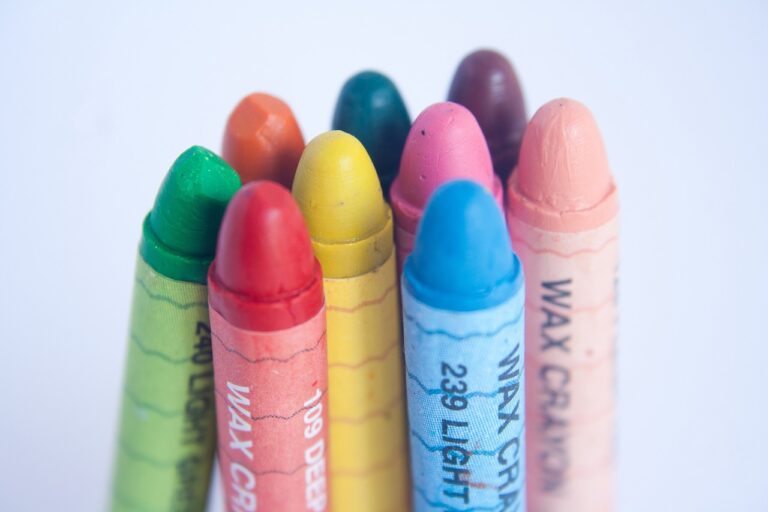Addressing Microaggressions in the College Classroom
Microaggressions are often subtle and brief verbal or behavioral interactions that communicate negative assumptions about a person’s identity, such as race, gender, or sexual orientation. In the college classroom, these microaggressions can manifest in various ways, such as offhand comments, dismissive behavior, or subtle acts of exclusion. It is important for educators to be vigilant and attentive to these microaggressions, as they can create a hostile learning environment for students.
Students who experience microaggressions in the college classroom may feel invalidated, marginalized, and unwelcome. These experiences can have a significant impact on students’ mental health, self-esteem, and academic performance. By recognizing and addressing microaggressions in the classroom, educators can create a more inclusive and supportive learning environment for all students, fostering a sense of belonging and respect.
Understanding the Impact of Microaggressions on Students
Microaggressions in the college classroom can have profound and lasting effects on students’ well-being and academic performance. These subtle, often unintentional comments or actions can contribute to a hostile learning environment, impacting students’ sense of belonging and emotional safety. Being on the receiving end of microaggressions can lead to feelings of invalidation, frustration, and self-doubt among students, influencing their overall educational experience.
Moreover, the cumulative effects of microaggressions can erode students’ self-esteem and confidence over time, potentially hindering their ability to fully engage in their studies and reach their academic potential. Students who regularly experience microaggressions may struggle with increased stress and anxiety, which can impair their cognitive functioning and overall mental health. By understanding the detrimental impact of microaggressions on students, educators can take proactive measures to foster a more inclusive and supportive learning environment for all.
What are some common examples of microaggressions in the college classroom?
Some common examples of microaggressions in the college classroom include making assumptions about a student’s background, using language that excludes certain groups, and dismissing the experiences or perspectives of marginalized students.
How do microaggressions impact students?
Microaggressions can impact students by creating feelings of invalidation, marginalization, and exclusion. They can also contribute to a hostile learning environment and negatively impact academic performance and mental health.
How can educators recognize and address microaggressions in the college classroom?
Educators can recognize and address microaggressions by educating themselves on the topic, being open to feedback from students, promoting open and respectful dialogue in the classroom, and actively challenging biases and stereotypes.
What can students do if they experience microaggressions in the college classroom?
Students who experience microaggressions in the college classroom can speak up and address the issue directly with the individual, seek support from professors or campus resources, and engage in discussions or workshops on diversity and inclusion.






